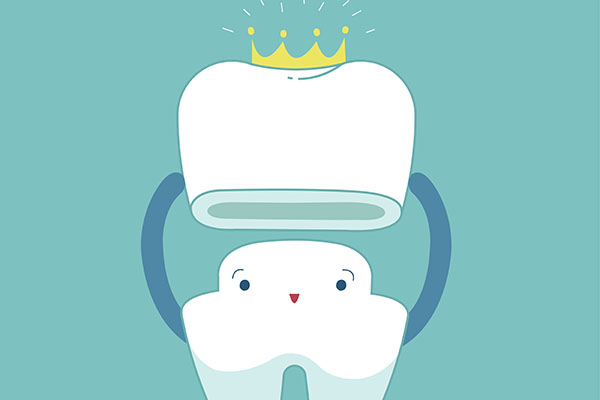What is the Dental Implants Procedure Like
 When a dentist recommends dental implants, it is usually because a patient is missing one or more teeth. Implants essentially replace the roots of teeth, providing a secure holding for a crown, or artificial tooth, to be placed. This procedure may take several months, but the patient can benefit from chewing and biting normally again, experiencing enhanced oral health, and enjoying a whole smile that can boost esteem. To get a better understanding of the implant process, individuals can review a general summary of the procedure.
When a dentist recommends dental implants, it is usually because a patient is missing one or more teeth. Implants essentially replace the roots of teeth, providing a secure holding for a crown, or artificial tooth, to be placed. This procedure may take several months, but the patient can benefit from chewing and biting normally again, experiencing enhanced oral health, and enjoying a whole smile that can boost esteem. To get a better understanding of the implant process, individuals can review a general summary of the procedure.
Reasons for receiving dental implants
Replacement of missing teeth is the main factor for obtaining dental implants, but there are other important aspects to consider before deciding to undergo surgery. Each patient must have a durable, healthy jawbone, as well as good overall oral health. If someone suffers from conditions that prevent proper healing, this procedure may be out of the question. A patient with poor jawbone health may also want to discuss other options with the dentist that do not involve placing posts directly into the bone.
Overview of the procedure
The process of replacing poor roots and filling gaps between teeth usually takes several steps over a period of months. Most of the time is required for the mouth and jawbone to heal. A dentist may devise a treatment plan that gives the patient a good estimate of the length of the process and that takes advantage of combining any steps if it is possible.
Preparation
Patients will likely see many different professionals before treatment starts. The extensive planning process may involve the assessment of a patient’s teeth structure, bone integrity, gum health, and even the condition of the ears and nose. Patients may also go through an evaluation to determine if bone grafting is necessary, along with a medical history review to make sure there is no chance of complications arising from the procedure.
Implant placement
After the treatment plan is created, the patient will go in for the first surgery to place the implants. Holes are drilled into the jawbone, and the metal posts are inserted. Time is then needed for the bone to regrow around the post, fortifying it in place. Patients can request temporary dentures or appliances to fill the gap of the missing tooth during this time.
Abutment placement
Once the bone has fully healed, a middle piece called an abutment can be fastened to the post. The abutment connects the post to the artificial tooth. Minor surgery may be necessary for this step since the gum is opened back up to reveal the post where the abutment is attached.
Crown placement
Finally, the crown of the patient’s choosing is fastened to the abutment. No artificial teeth can be placed until the jaw is fully healed and strong enough to take the force of a bite. Patients can choose between removable and permanent artificial fixtures.
Conclusion
Each patient is different, and not every implant process works in the same fashion. Scheduling a consultation with a dentist to discuss the benefits and procedures required for dental implants helps patients know what to expect.
Request an appointment or call Martin Dentistry at 209-299-7907 for an appointment in our Stockton office.
Related Posts
Surgery to place dental implants is a common procedure with a high success rate. Nevertheless, like any other operation, there is a chance of developing complications afterward. Knowing the possible difficulties and taking the recommended steps for prevention can help patients achieve a successful outcome from the implant procedure.Overall, complications from dental implants are fairly…
Individuals who experience tooth loss often wonder which is the better tooth replacement option: dental implants or dentures? Both options come with advantages and disadvantages, and the truth is that neither is right for everyone. To decide which is right for you, carefully weigh the pros and cons of each option.A denture is a removable…
Dental implants are a reliable replacement option if a patient has a tooth extracted. There are many reasons to pull permanent teeth, including infection, irreversible damage, and a crowded mouth. A dentist may recommend an implant if a patient is experiencing difficulties with chewing or speaking, or if the person is self-conscious about smiling. It…


